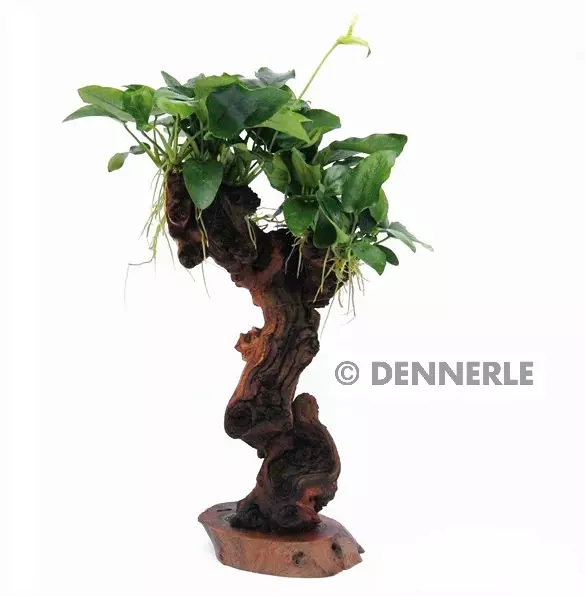CHF 5.00
Stock: 0
Available in 1-3 days, acquisition time 14 days

Duckweed portion for aquariums
- floating plant
- suitable for the aquarium
- also for the garden pond and the biotope
| Aquarium: | Community aquarium, Landscape/Aquascaping, Nano Aquarium |
|---|---|
| Genus: | Moose divers |
| Growth: | fast |
| Origin: | Worldwide |
| Properties: | Floating plants, In-Vitro |
| Stand: | In the foreground |
Login
29 August 2025 18:04
Genial gegen Algen!
Die Wasserlinsen haben wir wegen starkem Algenwachstum in unseren Teich gegeben. Relativ bald wurde das Wasser klar und die Algenvermehrung stark reduziert. Die Wirkung war verblüffend!
6 July 2025 17:33
Volle Zufriedenheit bei Bestellung und Lieferung.Danke
Danke.Bestellung,Lieferung und Bezahlung top.
31 July 2023 11:19
Immer wieder gerne
alles Tip Top
24 April 2023 10:15
viel zu klein
Prompte Lieferung.war alles tiptop nur die Wasserlinsen ziemlich klein,wollte sie für den Gartenteich,man sieht sie kaum
13 October 2021 19:14
Das Produkt ist sehr gut. Das Preis - Leistungsverhältniss ist sehr gut.
Die Wasserlinsen waren sehr gut. Der Triops Longicaudatus hat immer wieder mal daran geknabbert.
30 September 2021 08:48
Ist sehr gut.
Mein Triops Longicaudatus knabbert gerne daran.
11 May 2021 20:00
gute Qualität und Lieferung hat auch gut
gute Qualität und Lieferung hat auch gut geklappt
25 March 2021 20:43
Gerne wieder
Alles bestens, Gut Verpackt und machen sich gut im Becken.
16 February 2021 13:59
Reçue en bonne quantité et bien conditionné.
Reçue en bonne quantité et bien conditionné.
22 September 2020 19:03
Parfait!
Parfait!















